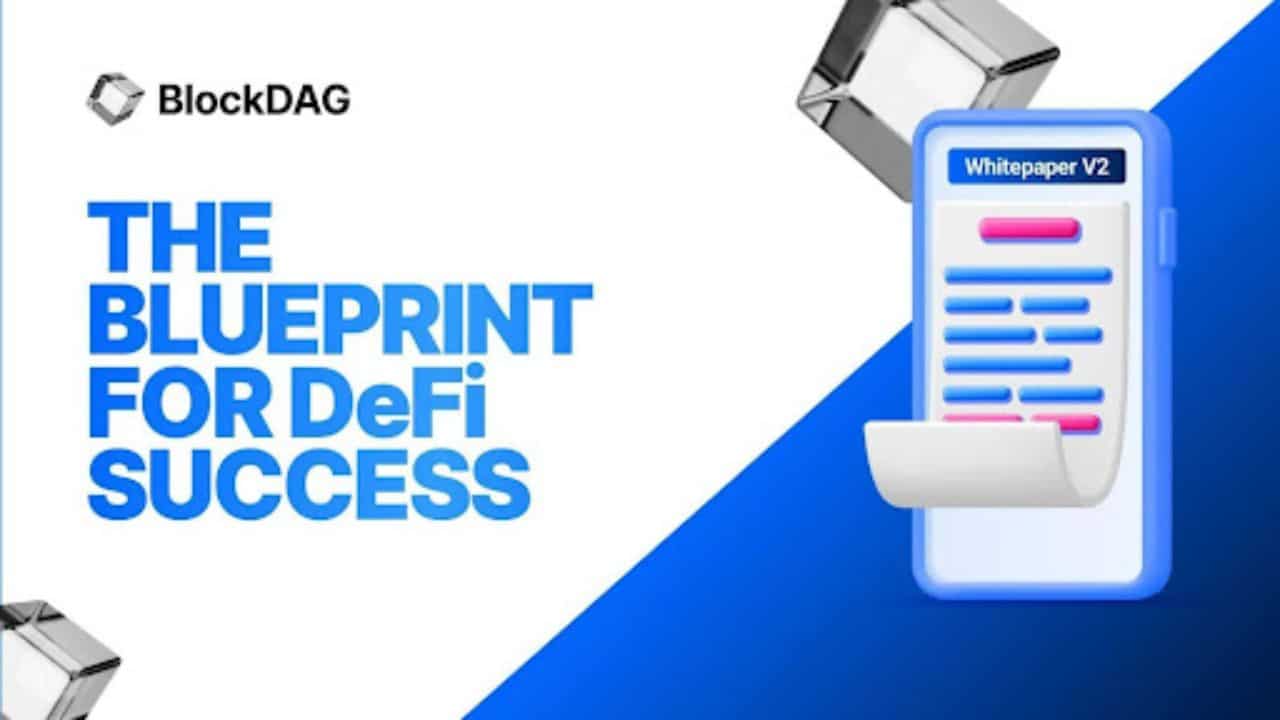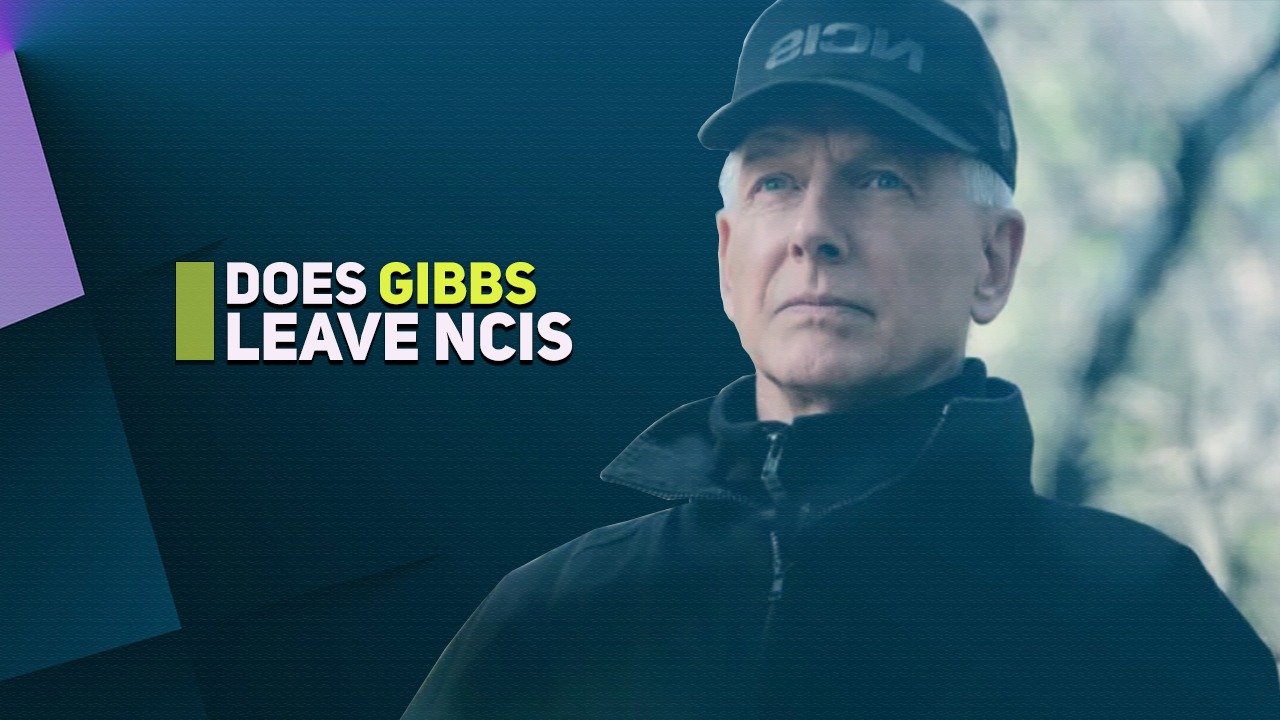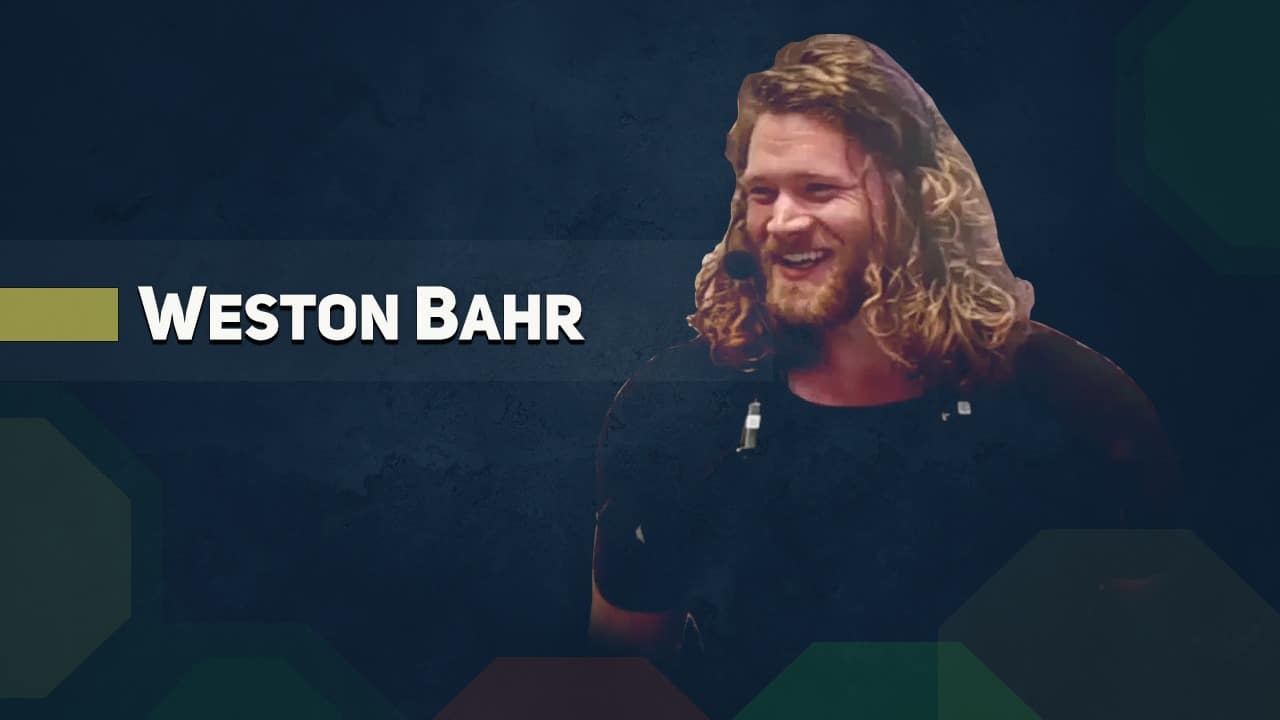Listen to Podcast:
For the majority of modern history, property ownership has been a wealth-building opportunity reserved for the elite. But as laws have been passed and perspectives have shifted, more people have access and opportunity than ever before. However, the simple existence of legal provisions doesn’t eliminate generations of alienation at best and discrimination at worst.
As key gatekeepers on the journey toward homeownership, the mortgage industry has an opportunity and responsibility to demystify the process. When more people have education, information, and access to home ownership, communities are stronger. Moreover, economic stability can be achieved, no matter where one starts in life. As one of the most reliable sources of wealth, home ownership can create a thriving, equitable, and inclusive economy.
1. Be Transparent About Borrowing Qualifications
As an industry expert, the intricacies of mortgage lending become ingrained in your vocabulary. But to an outsider looking in, talks of income verification, debt-to-income ratios, and underwriting can stall their interest. Instead of leaning into your industry jargon, offer the playbook free of charge. Use your position as a trusted expert as an opportunity to educate potential clients.
Your company website and blog can serve as a knowledge base. Share how-to articles, review key terms, and even offer step-by-step instructions for the borrower to reference. Build this content library with everything your clients would need to know as they work through the lending process.
Make your content easy to read and full of definitions and examples of common scenarios they may experience. Then transform your information to build social media and marketing content and reference material for clients mid-stream in the lending process.
Remember, not every potential borrower grew up with exposure to homeownership. If their families were lifelong renters by choice or necessity, they’ll be starting from scratch. Some individuals’ exposure to personal finance may be lacking entirely. Take these considerations to heart and convey your willingness and ability to serve those new to homeownership. The more welcoming and transparent you are, the more confidence and trust you’ll earn with this potential client base.
2. Help Prepare Potential Borrowers for Future Borrowing Opportunities
Before it’s time to submit a loan application, borrowers first need to prepare a solid financial foundation. And if their understanding of how to get there is non-existent, it may be easier to skip it all together. But those in the mortgage industry can instead create an on-ramp to home ownership, increasing access for all.
Unfortunately, many lenders focus only on prime lending candidates, skipping over potentially lower-income and higher-risk clients. While there’s nothing wrong with pursuing highly-qualified borrowers, giving up on an entire population can have devastating effects.
Home equity, and one’s access to it, can incite generational financial change. But without access to lending, a well-timed home purchase opportunity, and the wealth-building that comes with it, would be missed.
Consider adopting a less traditional, long-game client acquisition strategy for those new to lending. While they may not be in a position yet to apply for a loan, that doesn’t mean they won’t be in the future. View yourself as a partner to future clients by leveraging your educational content within the community. Be willing to help others build the framework for a qualified loan application. Over time, you’ll build relationships that yield repeat clients and increase lending access for all.
3. Show Up Where Other Lenders Don’t
You know the routine marketing haunts of those in the mortgage industry — you’re guilty of sticking to them too. But have you considered that your rinse-and-repeat strategy is potentially boxing out a valuable client base?
If not, take a step back and assess where you’re focusing your marketing and communication efforts. Non-traditional clients and those whose borrowing criteria are out of prime range may not be where your marketing reaches.
This simple miss can mean that there aren’t eyeballs and ears receiving your value-packed content. Moreover, this can further alienate a potentially uninformed and even discriminated client base that’s not been exposed to mortgage lending.
Reverse this trend by pursuing placement in publications where less traditional clients are. Check out local print and cultural publications for opportunities to share bylined pieces. Participate in local events outside of your usual circuit. Build trust in communities where mortgage lending has been non-existent, and you’ll soon create relationships that build equity and include others.
Value the Potential Borrower, No Matter Their Statistics
The power of potential is one of the most incredible phenomena known to humanity. From timeless tales of rags-to-riches entrepreneurs to more familiar stories of generational growth, it’s smart to bet on the underdog. Beyond exhibiting fairness in your business, and maintaining compliance with laws, remember that every borrower starts somewhere. And while they didn’t have a say in their start, they do have a say in their finish.
Focus on the entire life cycle of your potential borrower, from total novice to borrowing expert. When you instill a culture of inclusivity, operate as a partner, and guide your clients forward, you all win. Function as a coach as they build their borrowing foundation and as a partner when it’s time to apply. Together, you’ll help your clients achieve their dreams and improve families, communities, and the economy at the same time.






































